El vídeo de arriba es para uso exclusivamente decorativo dentro de está página.
From 17 February to 16 April 2023
The museum proposes a tour through sixteen paintings related to the themes and references that define the uniqueness of the brand: femininity, sensuality, luxury or charisma are concepts that you will see clearly represented in a series of paintings that extends from the fifteenth to the twentieth century. In addition, the set of works hides several snakes in its landscapes, scenery or even in the signature of the author. Will you be able to find them?
Second Floor
Beginning of the tour through the 13th to 18th centuries
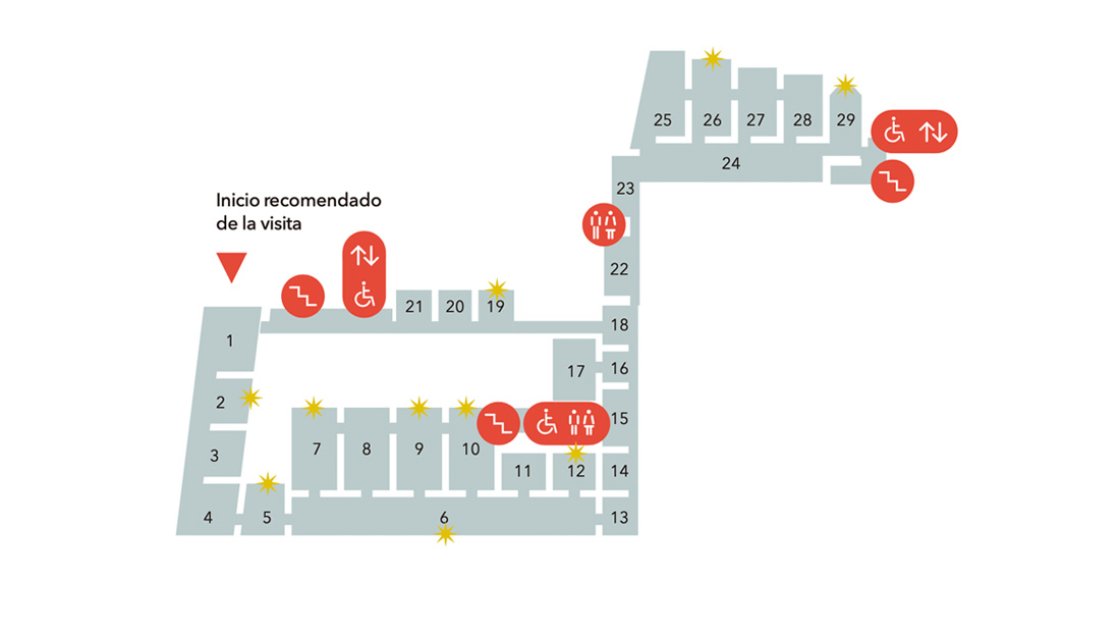
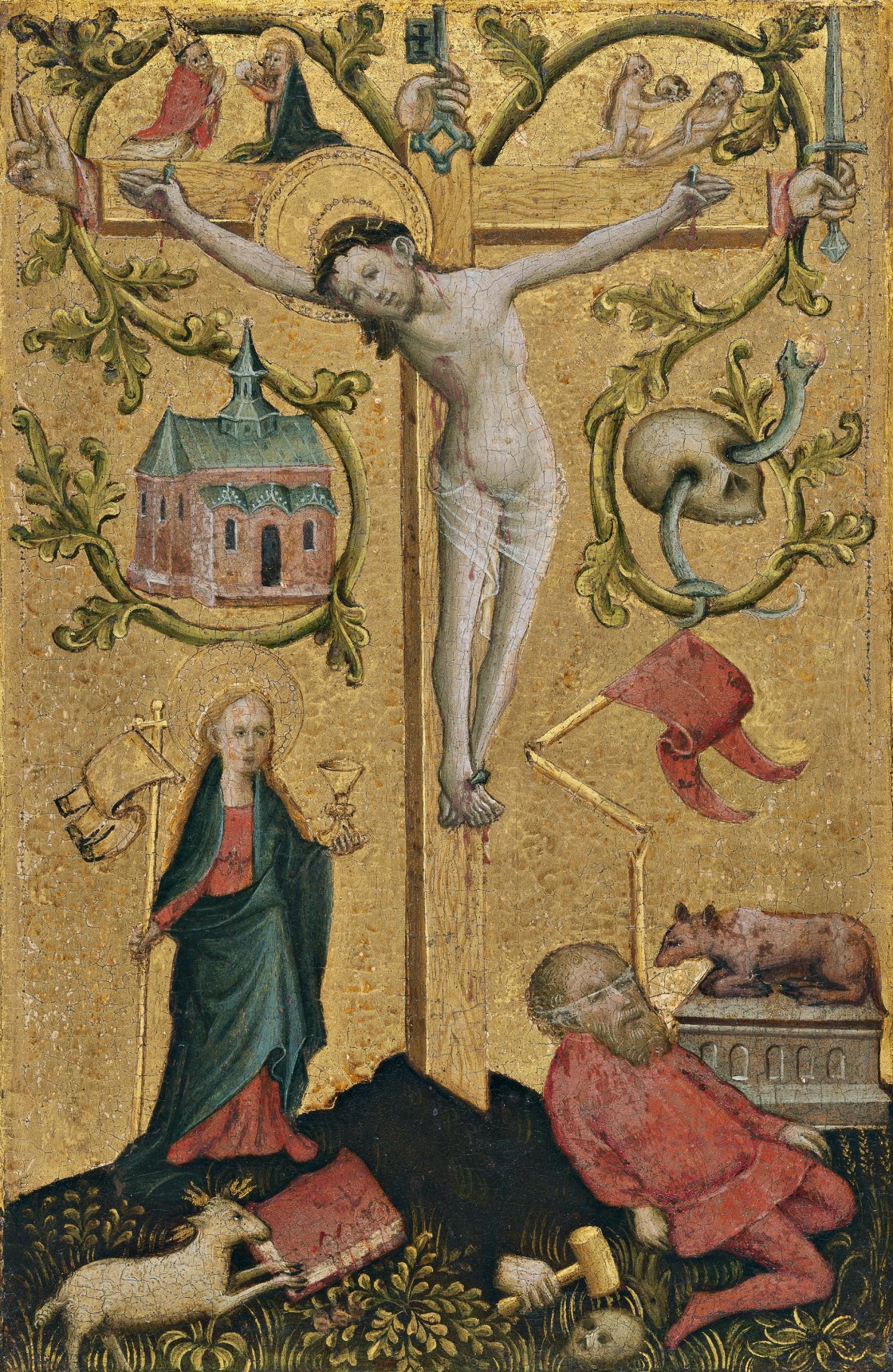
Anonymous German Artist active in Westphalia
Diptych with symbols of the Virgin and Redeeming Christ: Christ with the Cross as Redemptor Mundi (Right wing)
Room 2
This panel is one of the richest examples of the museum's collection for its infinity of symbology in such a small space, where the snake can not miss. The snake’s symbolism is as rich as Bulgari’s infinite reinterpretations of its most powerful icon. Get to know the work
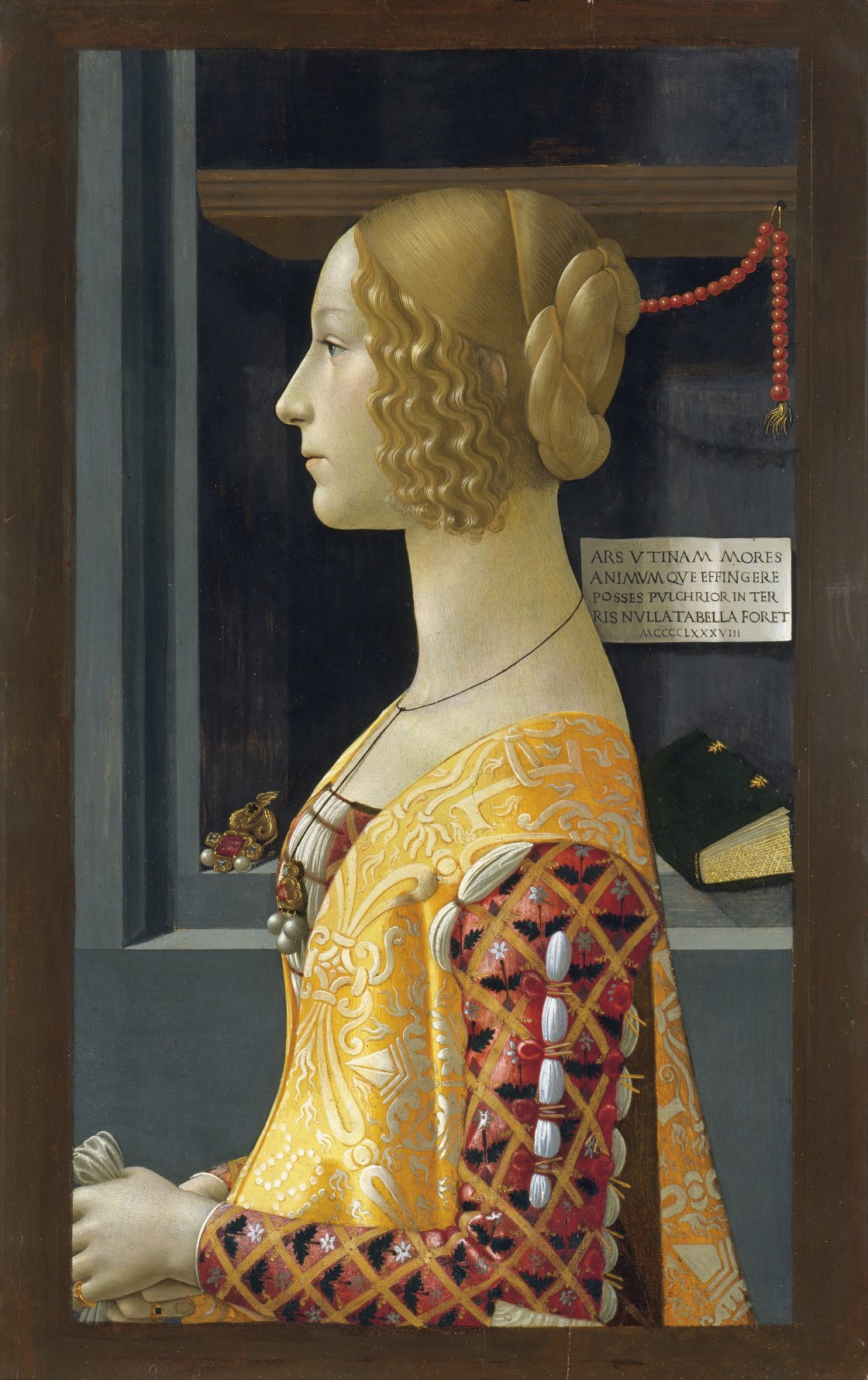
Domenico Ghirlandaio (Domenico Bigordi)
Portrait of Giovanna degli Albizzi Tornabuoni
Room 5
Domenico Ghirlandaio, as a painter and goldsmith, valued intricate details and opulent elements in his work, creating a luxurious and high-end aesthetic. These same values are evident in Bulgari’s quest to create visually striking jewels. Get to know the work
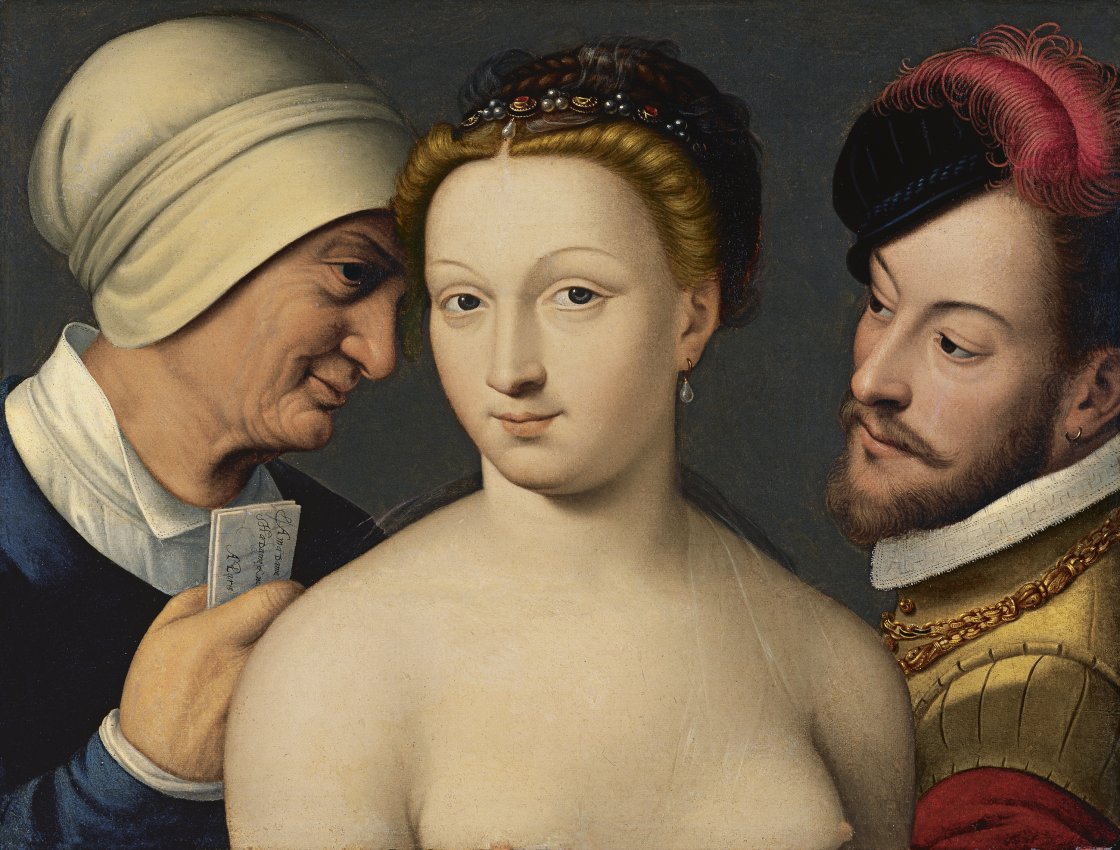
François Clouet
The Love Letter
Room 6
Charismatic femininity, one of the key concepts behind Serpenti, is represented in the sixteenth century with voluptuous bodies, intense gaze and a fair and pure complexion as opposed to their companions. Get to know the work
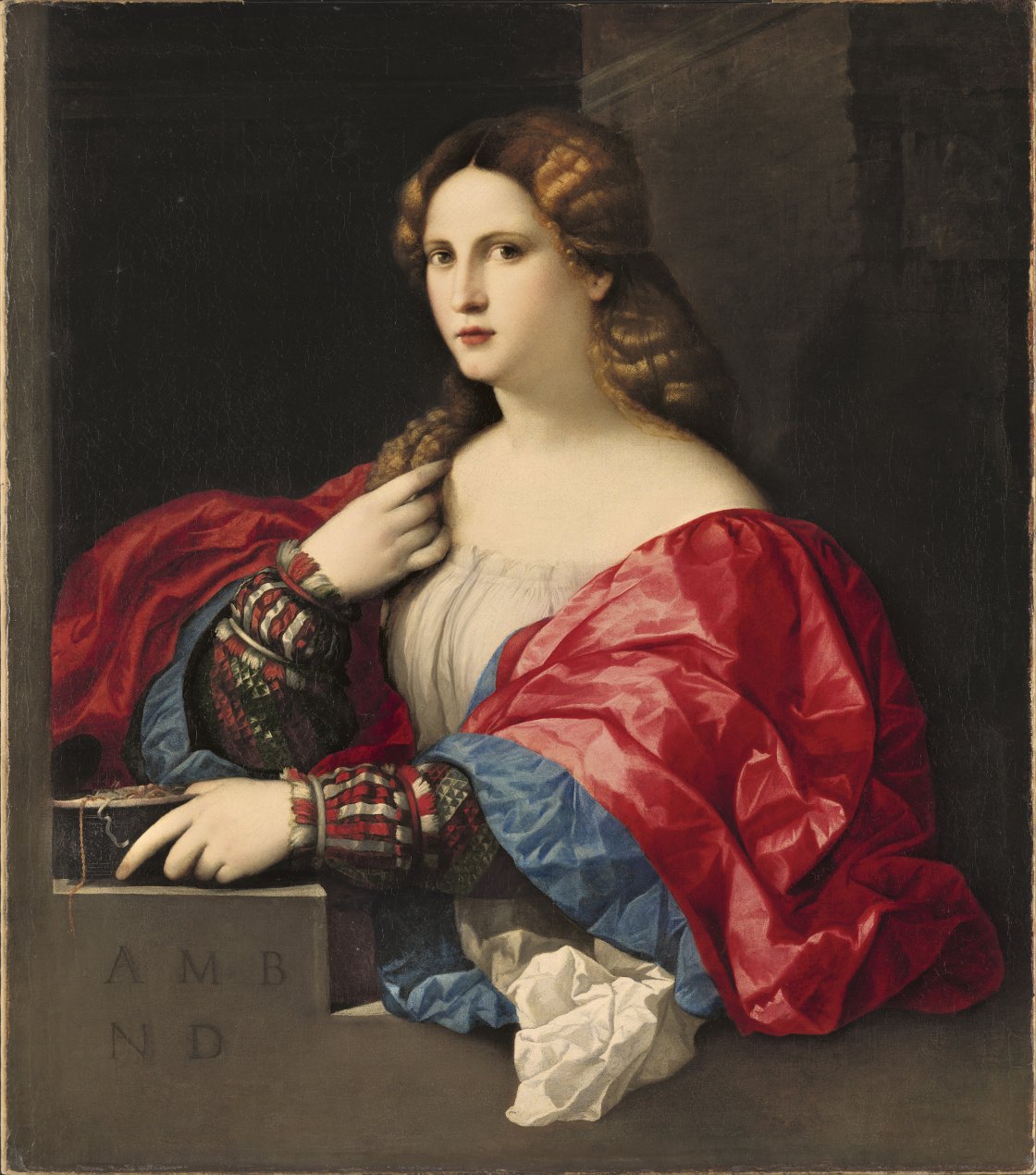
Palma Vecchio (Jacopo Negretti)
Portrait of a Young Woman Known as "La Bella"
Room 7
Sensuality, volume and color define the quality of this work. Similarly, Bulgari plays with round contours and striking chromatic combinations to define its distinctive style. Get to know the work
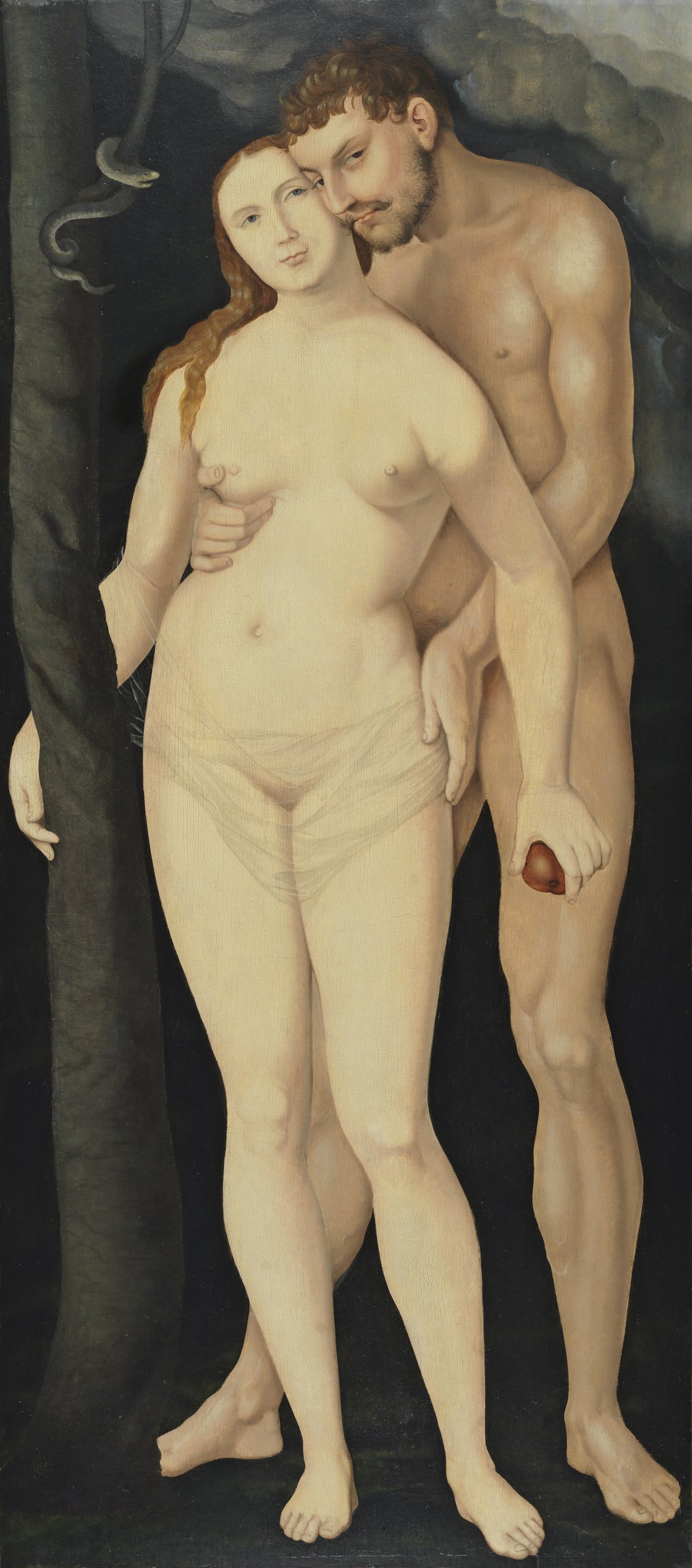
Hans Baldung Grien
Adam and Eve
Room 9
Since time immemorial, the powerful symbolism of the snake fascinates humankind and is a source of inspiration for artists and for Bulgari as well. Get to know the work
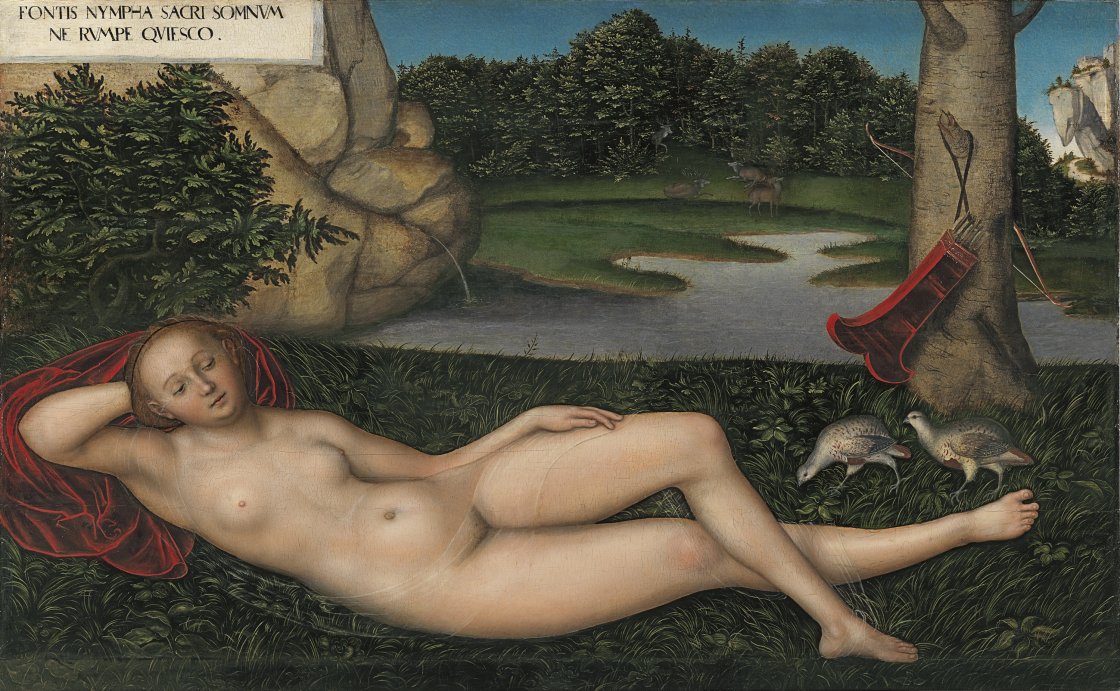
Lucas Cranach the Elder
The Nymph at the Fountain
Room 9
The richness of lush nature is one of the sources of inspiration for the Serpenti collection. Get to know the work
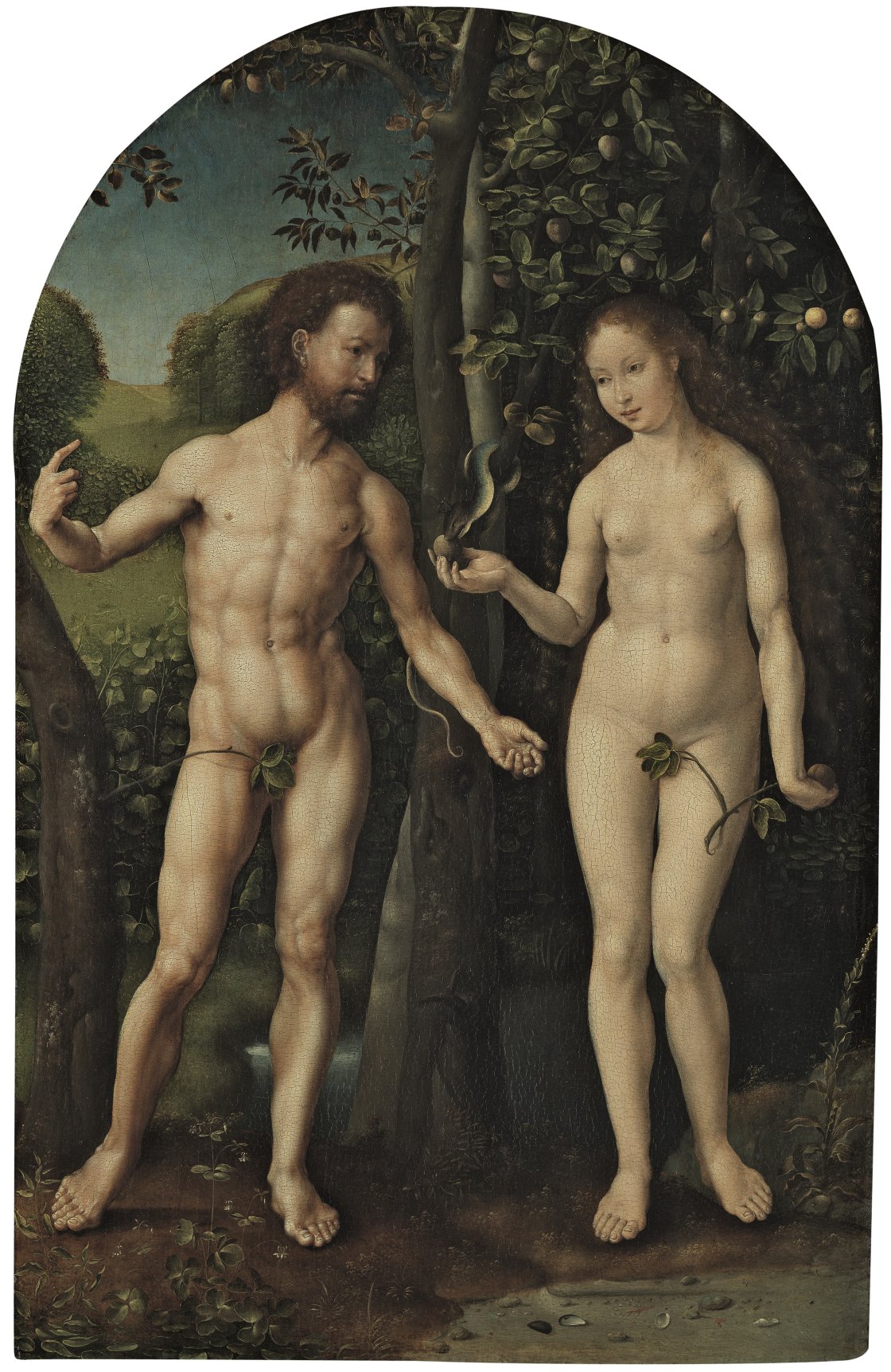
Jan Gossaert
Adam and Eve
Room 10
The snake has been present in the history of mankind since its origins and has been inspiring Bulgari for 75 years with countless variations of unbridled creativity. Get to know the work
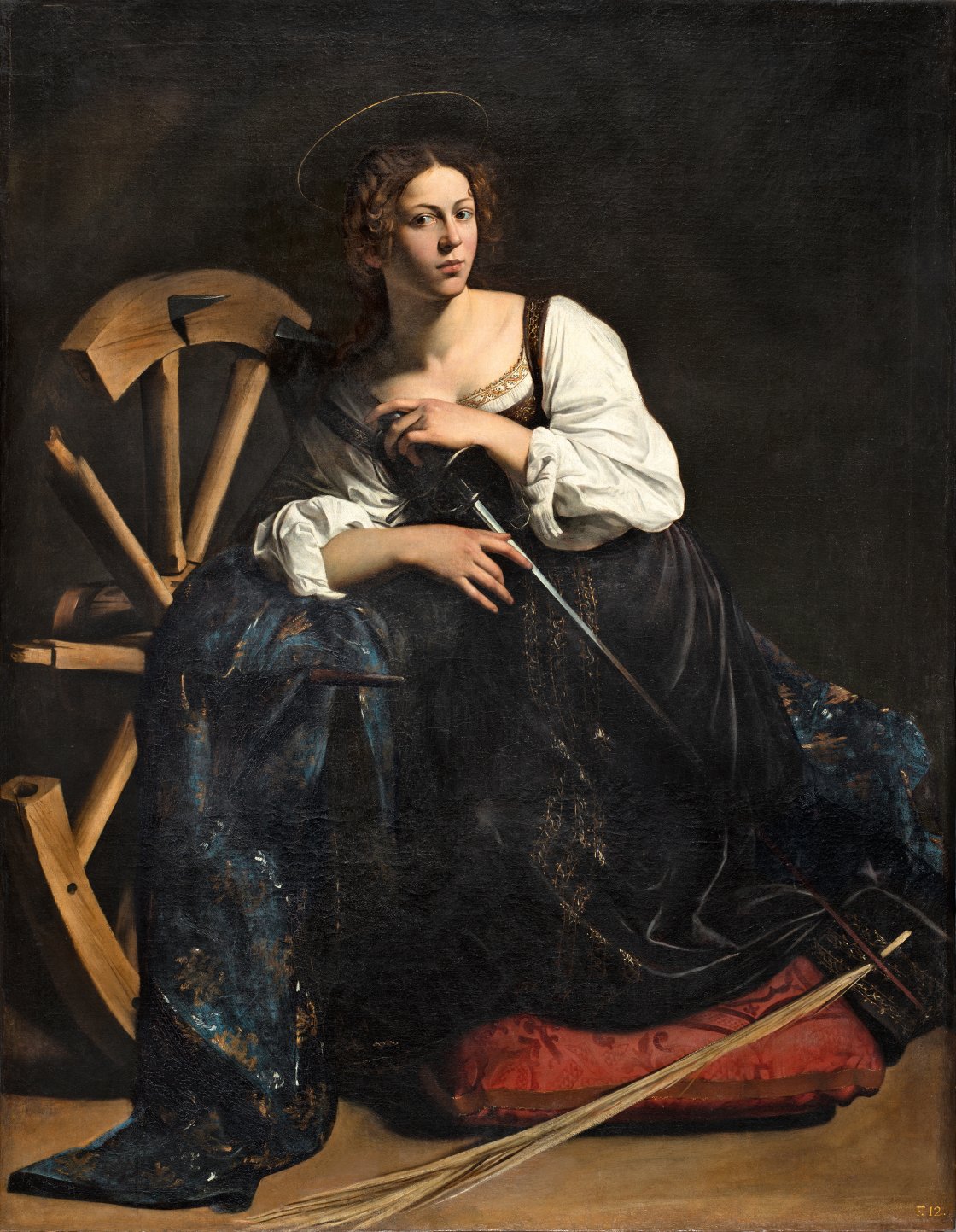
Caravaggio (Michelangelo Merisi)
Saint Catherine of Alexandria
Room 12
Light and volume are the two pillars in Caravaggio's paintings, the same with which Bulgari also conceives the jewels to glorify the perfect beauty of gems. Get to know the work
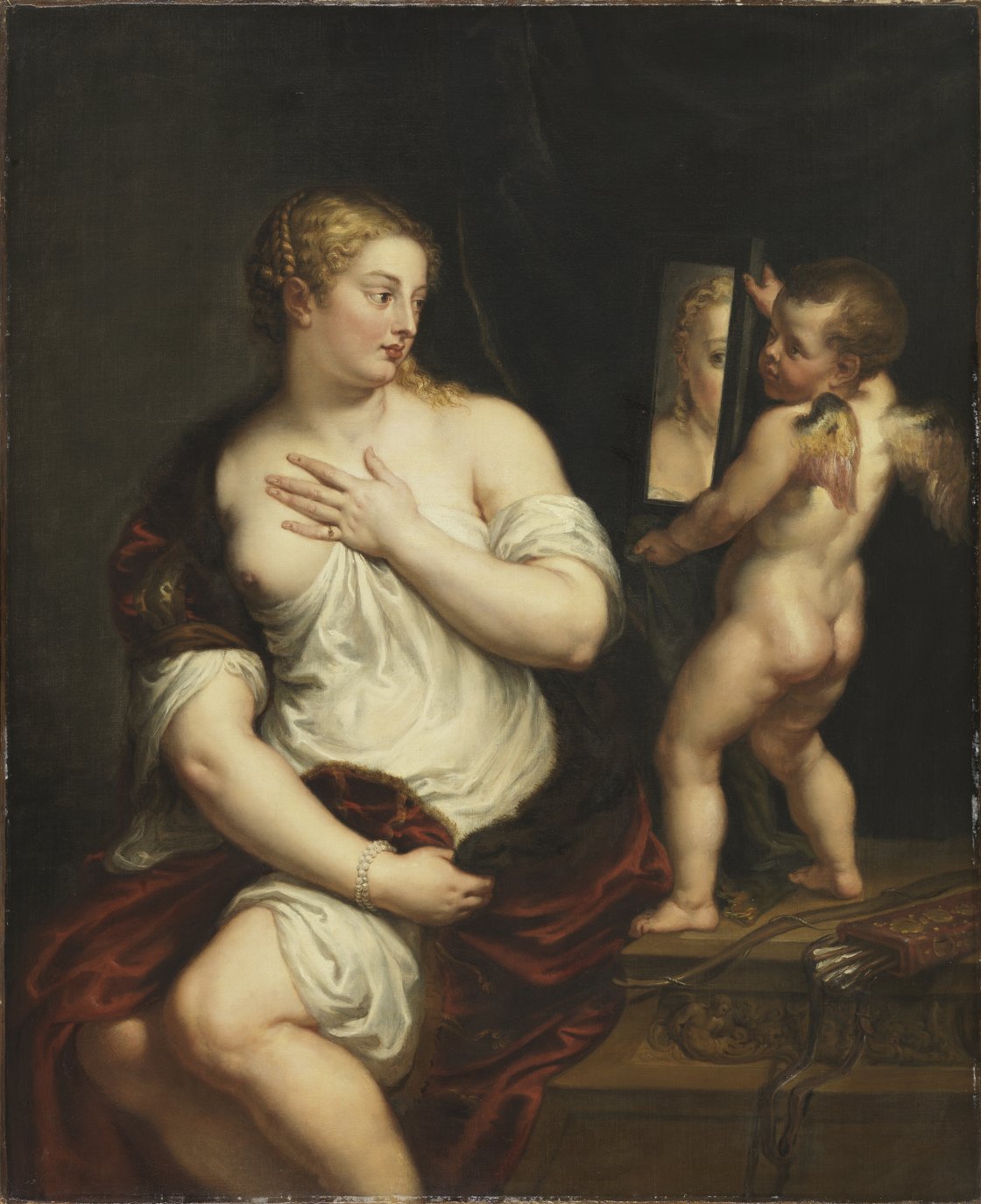
Peter Paul Rubens
Venus and Cupid
Room 19
The pearl bracelet and the ring on the left pinky define Venus: the Roman goddess of beauty. Bulgari sees the artistic and archeological imagery of Rome as an inexhaustible source of inspiration to craft timeless beauty. Get to know the work
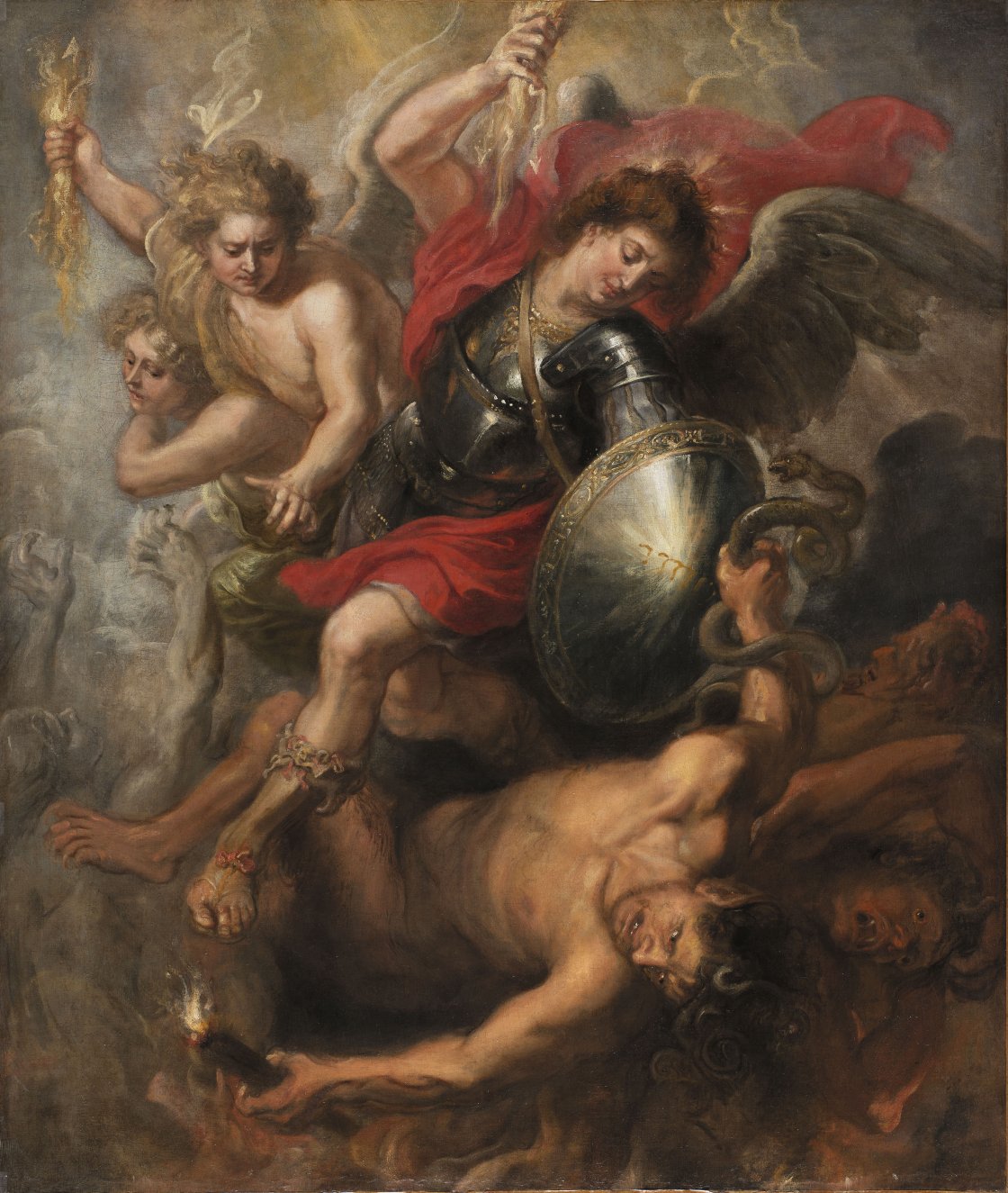
Peter Paul Rubens (workshop of)
St. Michael expelling Lucifer and the Rebel Angels
Room 19
In this work the snake symbolizes the darkest and most mysterious side of the animal, which never leaves indifferent. The same magnetism that permeates the animalier variants of Serpenti. Get to know the work

Frans Jansz. Post
View of the Ruins of Olinda, Brazil
Room 26
A work of art where the exoticism of the snake takes center stage unexpectedly, just as Serpenti was born with the soul of an icon. Get to know the work
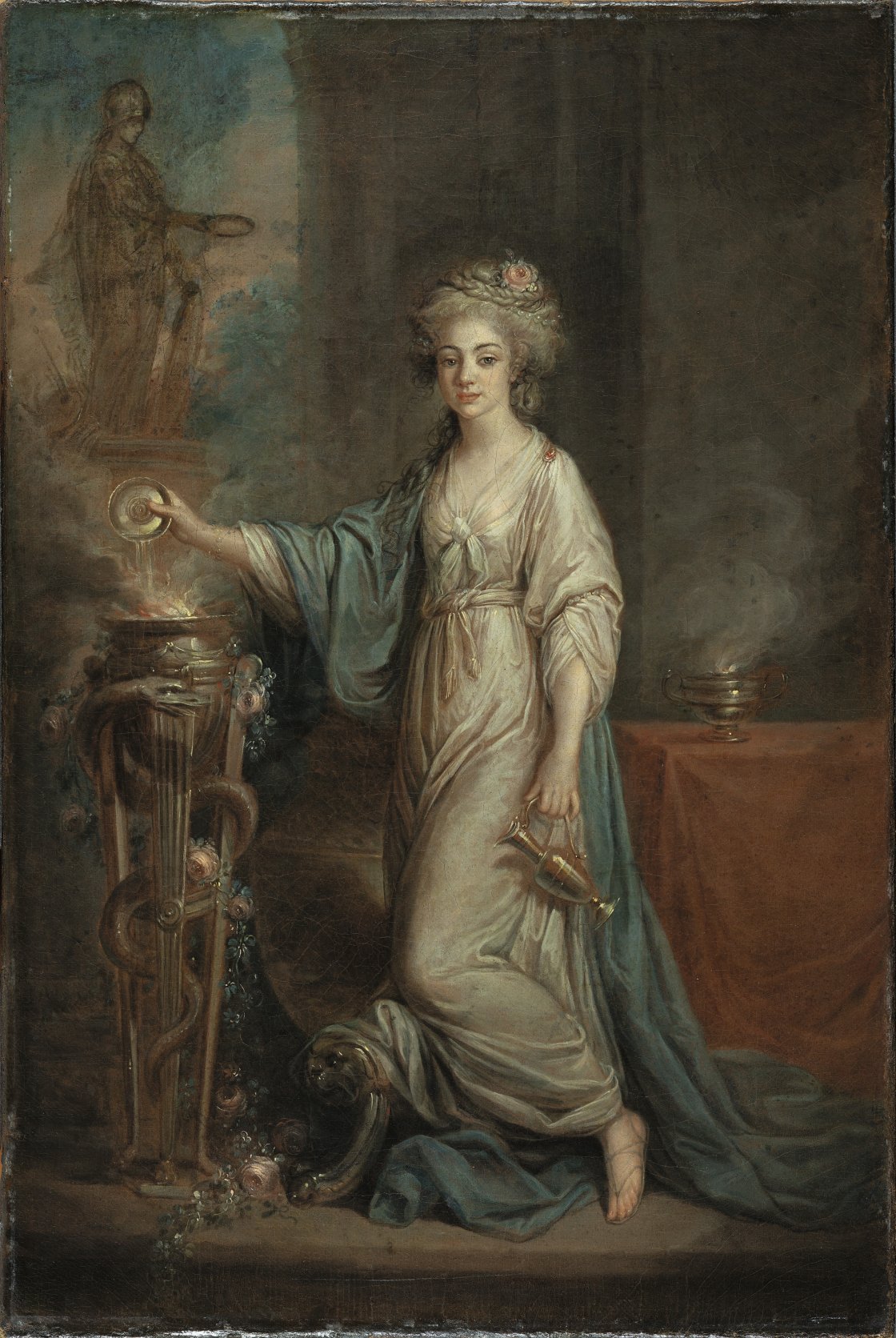
Angelica Kauffmann
Portrait of a Lady as a Vestal Virgin
Room 29
In this work, the artist Angelica Kaufmann depicts the sacrifice offered to the Roman goddess Minerva. The serpent as a symbol of wisdom appears with an exquisite sinuosity that is reflected in Bulgari´s Serpenti. Get to know the work
First Floor
And it moves forward in time to the 20th century
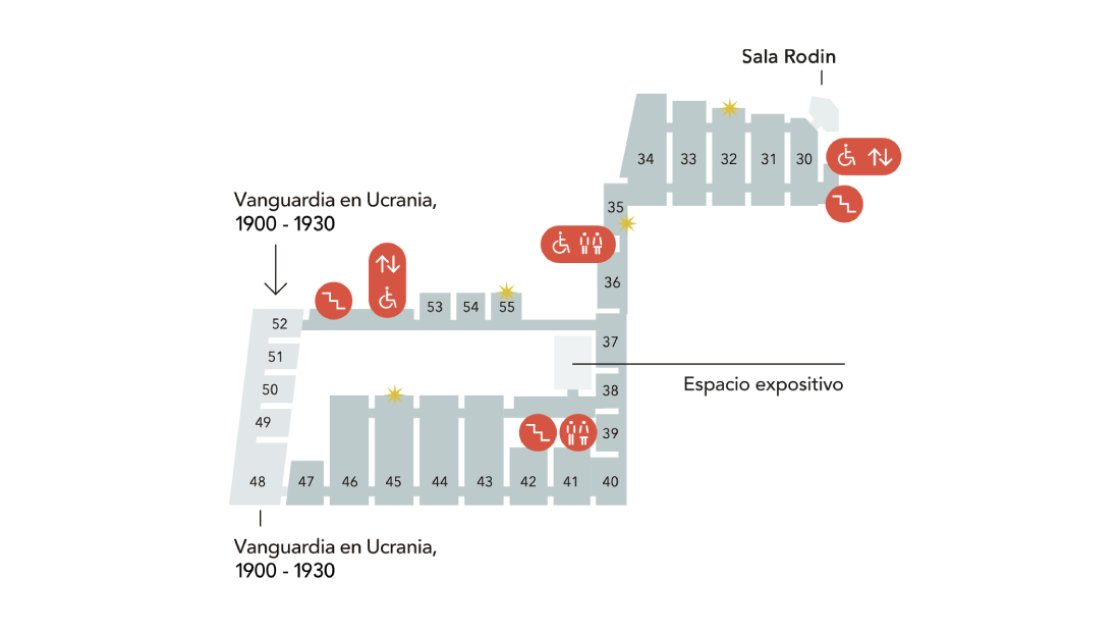
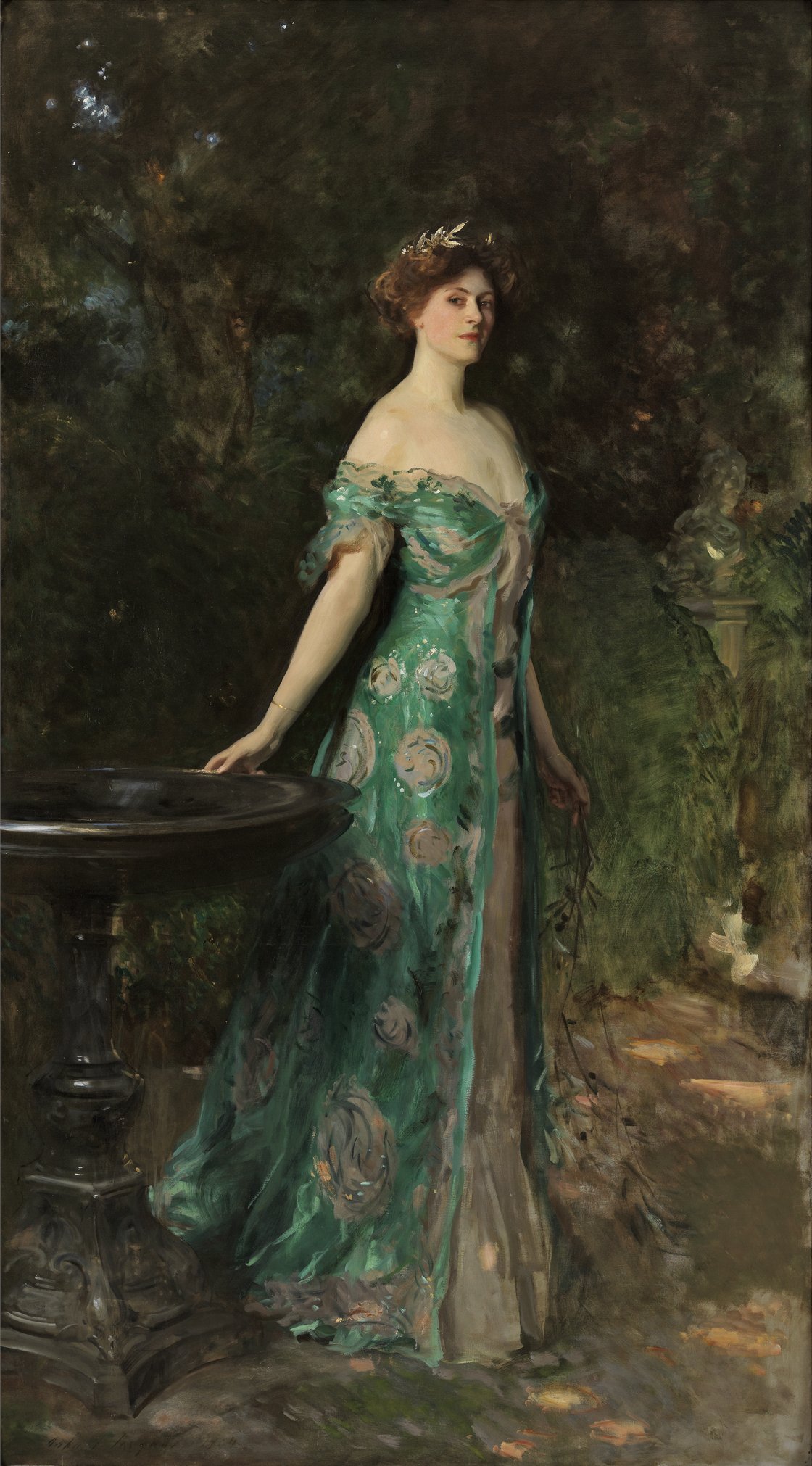
John Singer Sargent
Portrait of Millicent, Duchess of Sutherland
Room 32
Millicent emerges from nature like a Belle Epoque goddess. Elegant and majestic, she stands as a symbol of the independent woman... The attitude of the Serpenti woman. Get to know the work
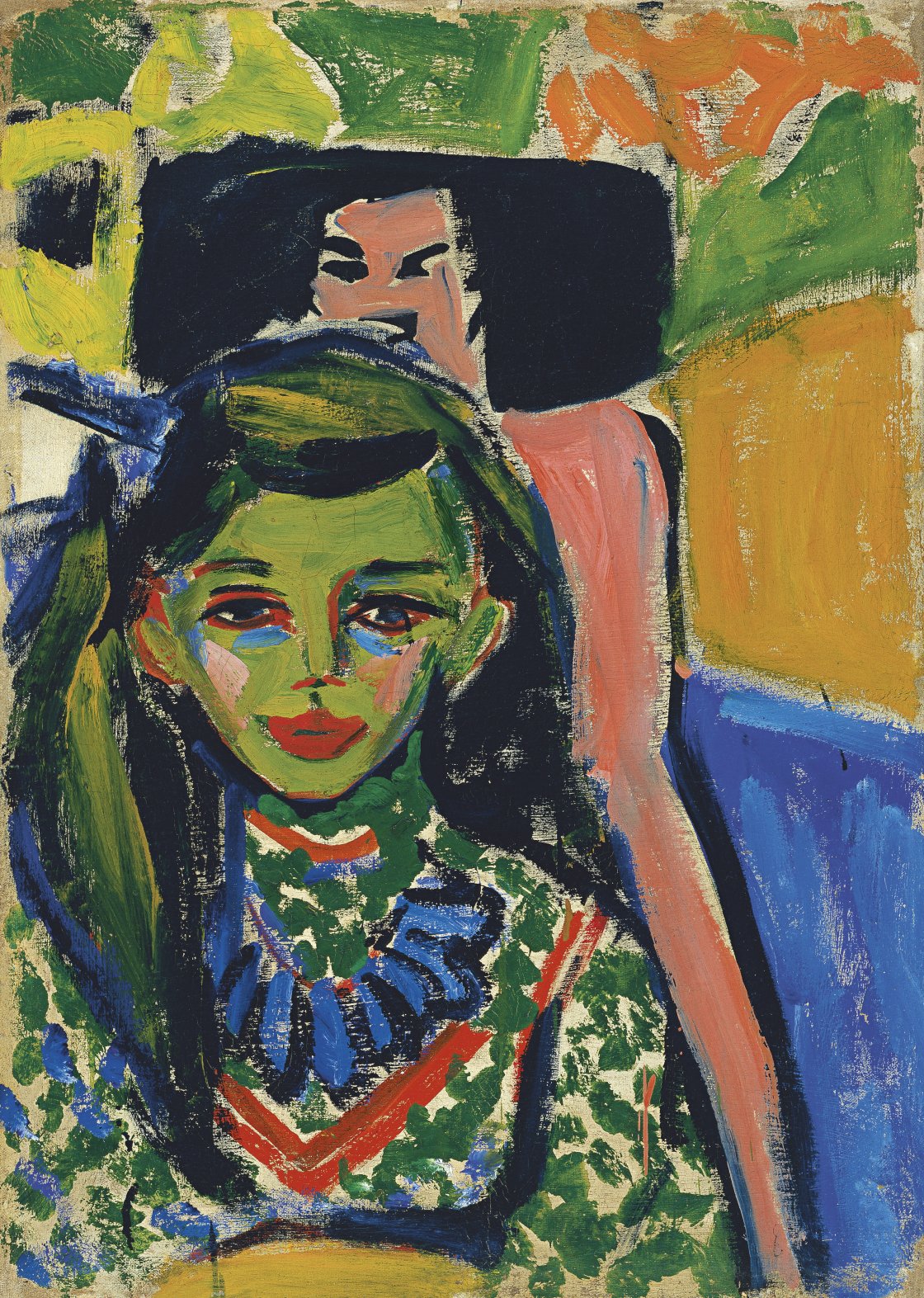
Ernst Ludwig Kirchner
Fränzi in front of Carved Chair
Room 35
This work by the German painter Ernst Ludwig Kirchner reveals the power of colour as a vehicle of expression. The simple, primitive forms combined with the arbitrary use of colour represent a metamorphosis towards a new artistic language. Such a visual energy evokes as well the incessant metamorphosis of Serpenti, a tale where every end inspires a new evolution. Get to know the work
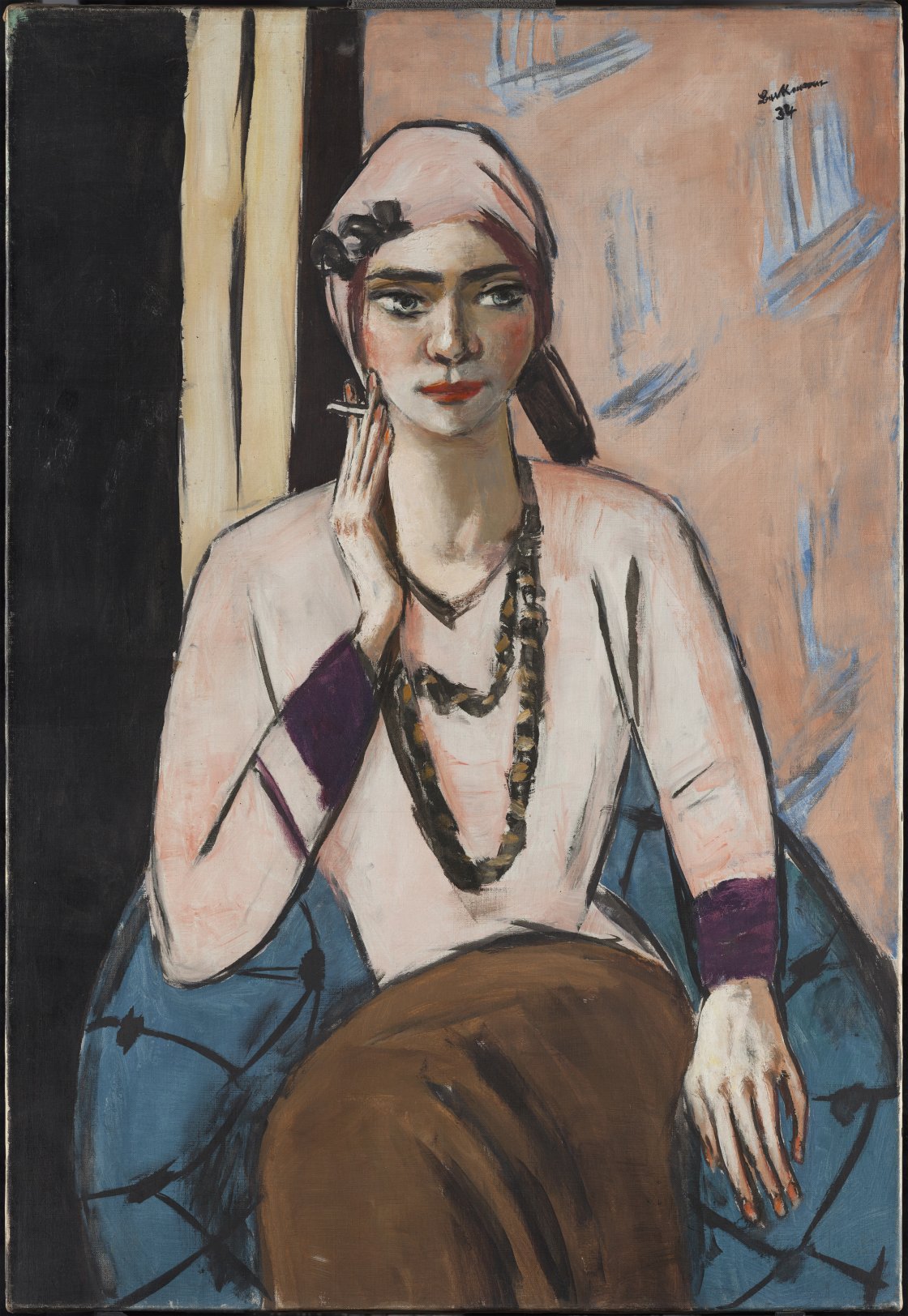
Max Beckmann
Quappi in Pink Jumper
Room 45
The young woman poses elegantly and sophisticatedly in her pink jumper and turban, which she buys herself in Berlin. This is one of many portraits in which the artist depicts his wife as an example of the modern woman. In the last 75 years Bulgari Serpenti has been their faithful ally, evolving side by side with charismatic women who own their magnetic charm and who are responsible of their self-determination. Get to know the work
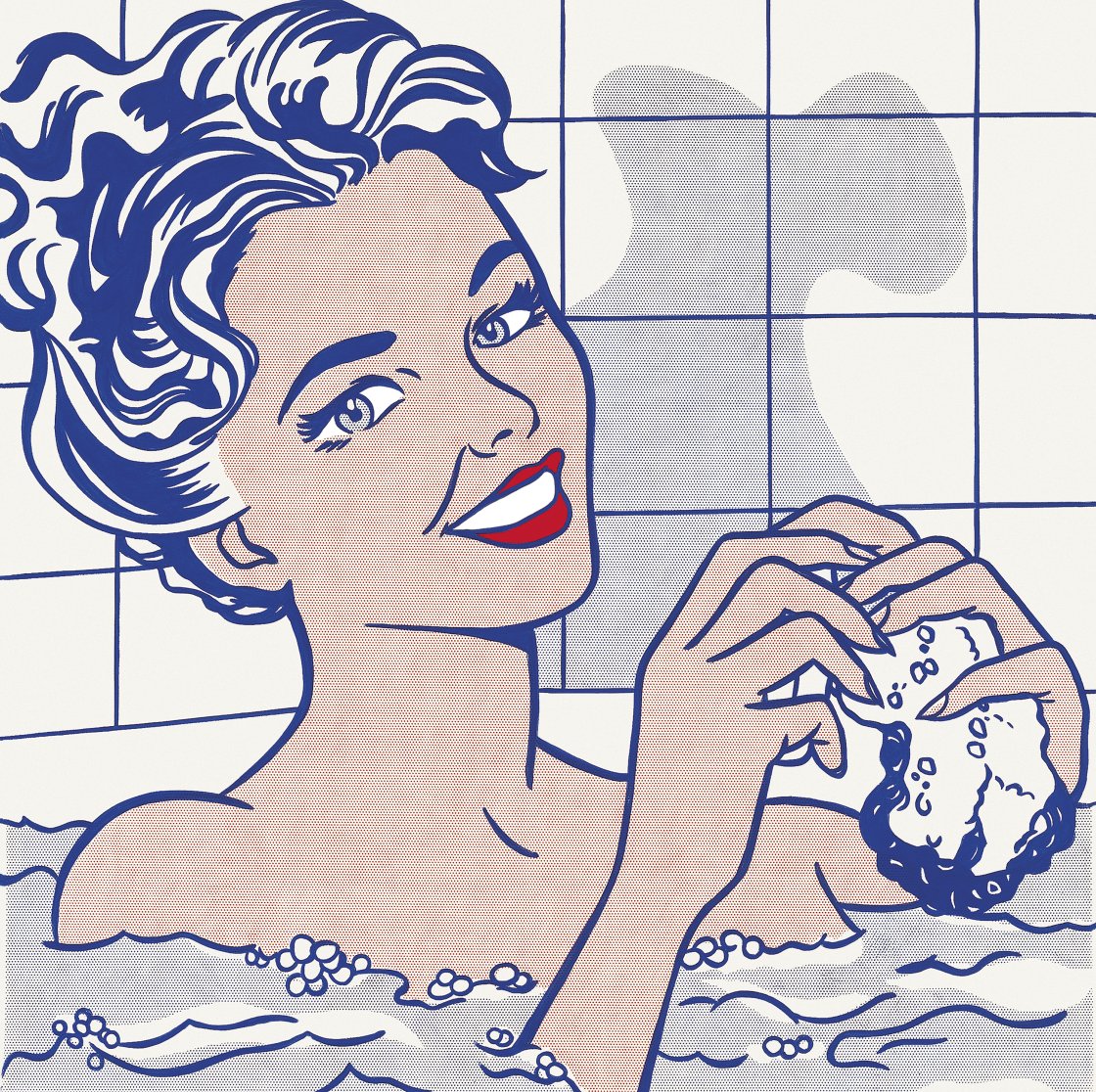
Roy Lichtenstein
Woman in Bath
Room 55
This work represents the classic theme of the woman in the bath through the innovative pictorial language of pop art. Roy Lichtenstein, using the aesthetics of the comic strip, presents us with this sensual heroine of the 20th century. A self confident woman, as in Bulgari´s inspiration form Serpenti. Get to know the work

